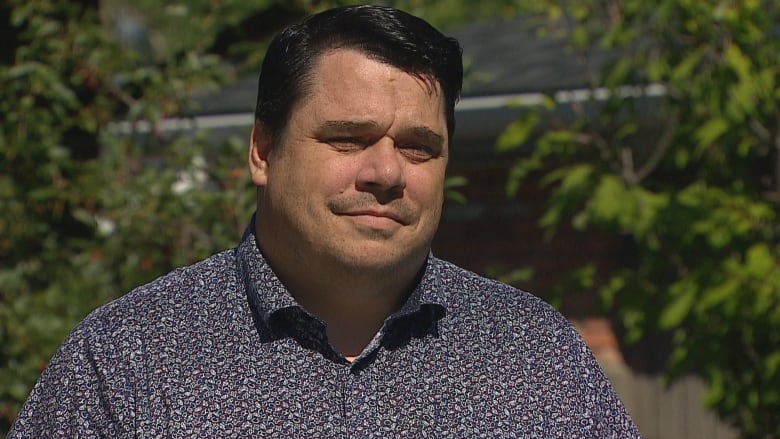
Alberta’s flu season, which has yet to end, is shaping up to be one of the deadliest in recent memory and that is sparking concern among doctors and scientists.
According to provincial data, there have been 117 confirmed influenza deaths — 111 hospitalized cases and six in the community — so far during the 2022-23 season.
“It’s looking like the flu season is going to be one of the worst — if not the worst — flu seasons in the last decade,” said Craig Jenne, associate professor of microbiology, immunology and infectious diseases at the University of Calgary.
“It’s right up there there with the worst seasons we have seen over the past 10 years and far above what we were seeing immediately before the pandemic. So it’s a little concerning that deaths have gone up in the province this year.”
While Alberta has the highest flu death count documented since standardized reporting began in 2009, the province has changed how it reports influenza deaths.
During 2014-15 there were 114 flu deaths among hospitalized Albertans. At that time, the province didn’t track influenza deaths outside the hospital setting.
Community deaths, including those reported by paramedics, EMS, firefighters or police officers, became reportable in 2021-22, according to an Alberta Health spokesperson.
Even when you account for the reporting changes, this year stands out.
“Those are really, really high numbers … The season was really, really bad and we were feeling that in the fall and winter but I think this really demonstrates it,” said Calgary-based public health physician, Dr. Jia Hu.
“We knew that a lot of hospitals were getting pretty inundated — both in the younger population as well as the traditionally older population.”
More than one-third of Alberta’s flu deaths so far have been in people under the age of 70. There have been three deaths in youngsters between the ages of one and 19.
There are likely a number of factors at play, according to experts.
Hu believes the virtually non-existent flu seasons, when public health measures were in place during the early part of the pandemic, are partly to blame.
“I think a lot of folks, and myself included, think this was in part driven by the lack of exposure to influenza, I think, over the past few years.”
As the bulk of Alberta’s cases accumulated between October and January, H3N2, a subtype of influenza A, dominated.
“Anytime we see a predominantly [H3N2] year, we tend to have a more severe season,” said Hu. “I think it shows that flu is something to be taking seriously.”

Several other key factors are likely contributing to the trend, according to Jenne.
“We also have some emerging data that even people that were infected with COVID — it changes how their immune cells see other infections. So it can, for example, create an altered immune response to some other infections,” he said, pointing to measles as an example of another virus that impacts the immune system.
And, he said, Alberta’s low vaccine uptake also plays a role.
According to provincial data, 27.7 per cent of Albertans have been immunized against influenza this season. Prior to the pandemic, vaccination rates were higher, sitting at 33 per cent in 2019-20 and 31 per cent in 2018-19.
“We have unfortunately take a significant step backwards with a vaccine that we’ve had now … for decades. We know it’s safe. We know it works,” said Jenne.
“There is a little bit of concern that lower vaccine rates are unfortunately correlating in a year where there’s an increased loss of life in the province.”
Jenne said there needs to be a concerted effort to boost Alberta’s free immunization program in the years to come.
And, he warned, the flu season could last for a while yet.
“Influenza B is really just emerging in the last couple weeks,” he said.
“We’ll have to see, unfortunately, how far that one goes. But typically that’s a much smaller wave.”